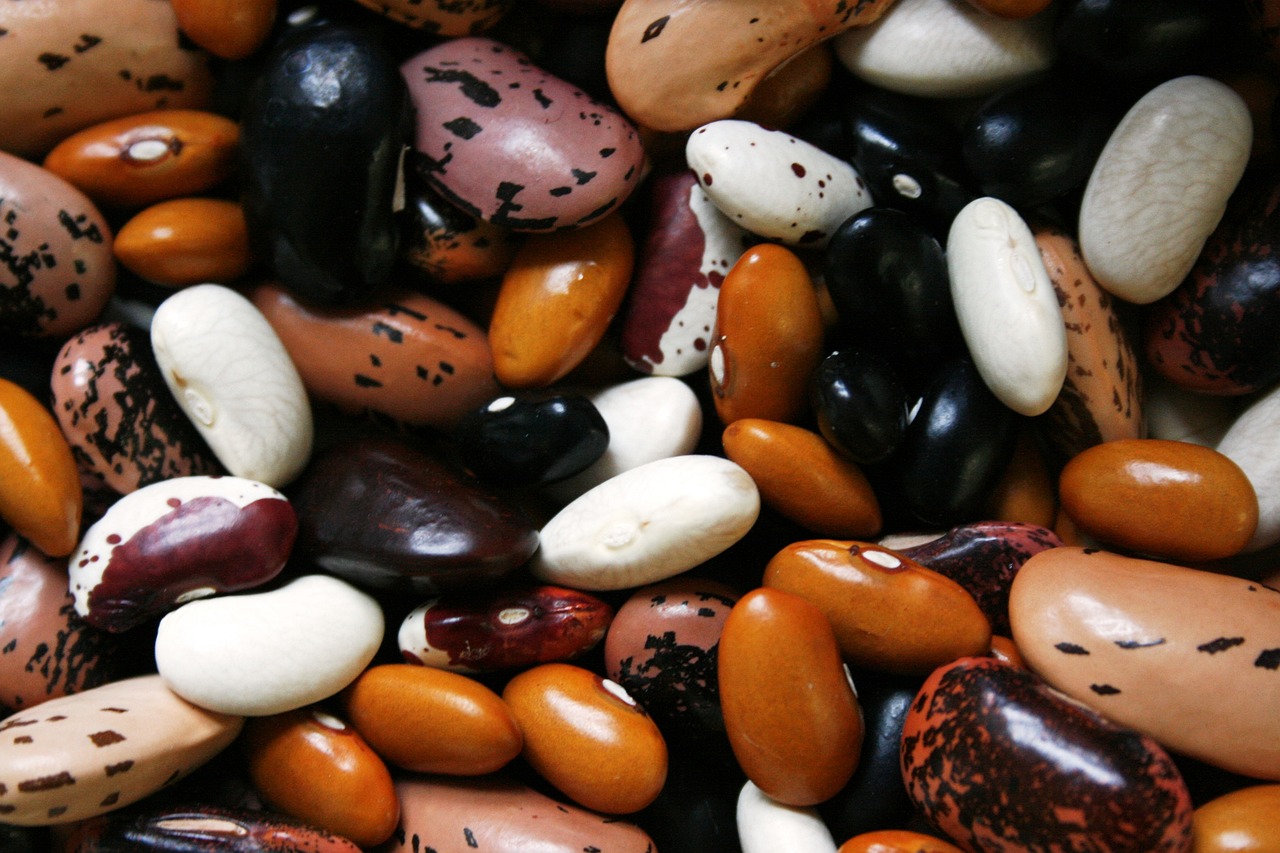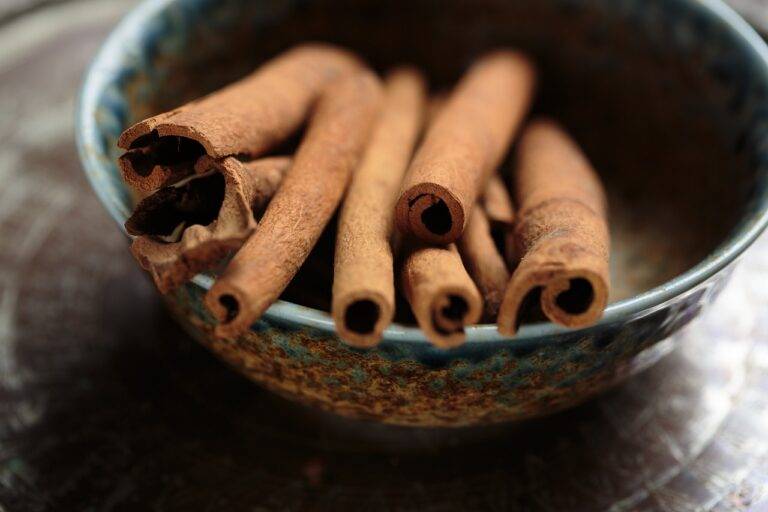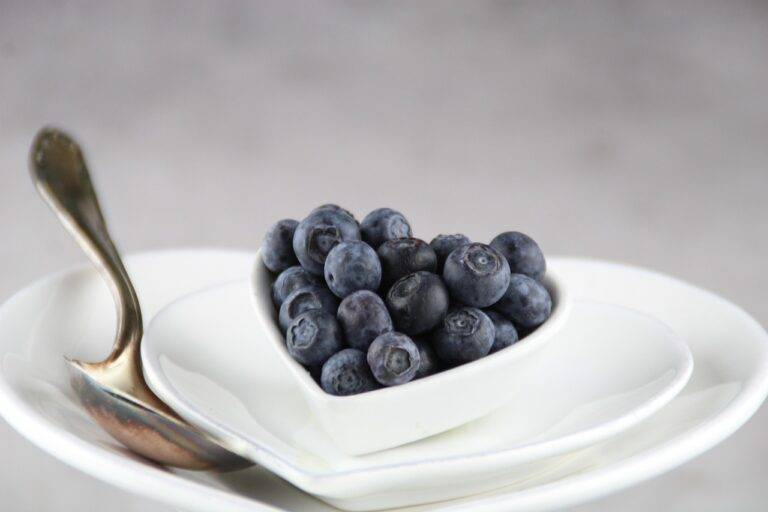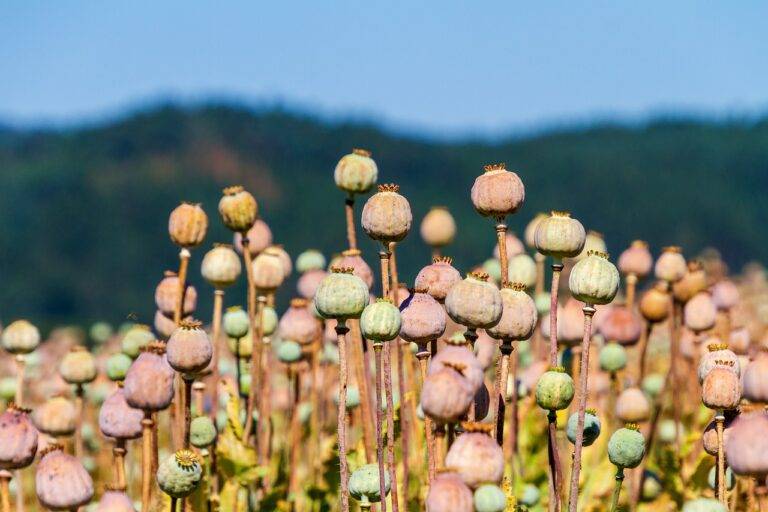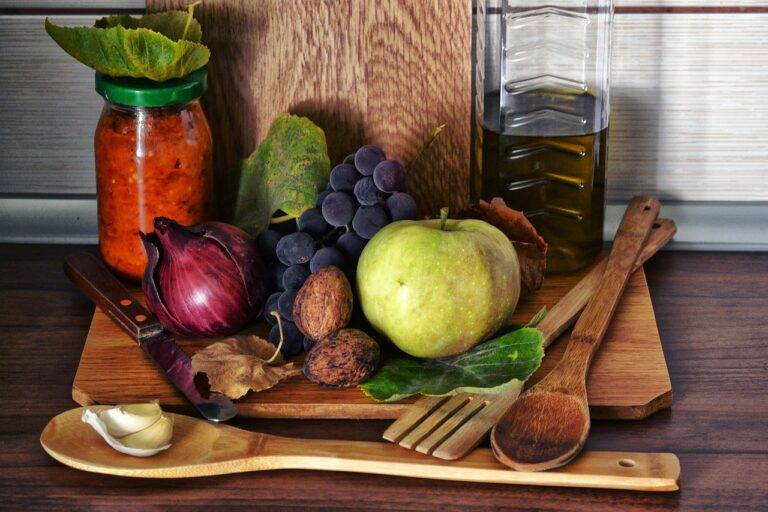The Art of Food Plating: Techniques and Trends
When it comes to food plating, there are various styles that chefs use to enhance the presentation of their dishes. One popular style is the classic style, where food is neatly arranged on the plate in an appealing and organized manner. This style often prioritizes symmetry and balance, creating a sense of harmony on the plate.
Another style that is gaining popularity is the modern minimalist approach, which focuses on using negative space to showcase the main components of the dish. This style often involves clean lines, simple garnishes, and the use of unconventional serving vessels to create a visually striking presentation. By using this style, chefs can highlight the natural colors and textures of the food, allowing the dish to speak for itself on the plate.
Color Theory in Food Presentation
Color theory plays a crucial role in the art of food presentation. The colors of ingredients and garnishes on a plate can greatly impact the visual appeal of a dish. By understanding the principles of color theory, chefs and food stylists can create visually striking and appetizing plates that entice diners.
One key aspect of color theory in food presentation is the careful selection of complementary and contrasting colors. Colors opposite each other on the color wheel, such as red and green or blue and orange, can create a vibrant and dynamic visual impact on a plate. Similarly, using colors that are adjacent to each other on the color wheel, such as red and orange or blue and green, can create a harmonious and visually pleasing arrangement.
How does color theory play a role in food presentation?
Color theory in food presentation is essential as it helps create visual appeal and enhance the overall dining experience. By understanding how different colors complement each other, chefs can create visually striking and appetizing dishes.
What are some different styles of food plating?
There are various styles of food plating, including classic, modern, minimalist, rustic, and avant-garde. Each style has its own unique characteristics and can influence the overall presentation of a dish.
How can chefs use color theory to enhance the presentation of their dishes?
Chefs can use color theory to create contrast, balance, and harmony in their food presentation. By incorporating a variety of colors and textures, chefs can make their dishes visually appealing and appetizing.
Are there any specific color combinations that work well in food presentation?
Some common color combinations that work well in food presentation include complementary colors (opposite on the color wheel), analogous colors (next to each other on the color wheel), and monochromatic colors (different shades of the same color). Experimenting with different color combinations can help chefs create visually stunning dishes.
How can chefs use color to evoke certain emotions or themes in their dishes?
Chefs can use color to evoke specific emotions or themes in their dishes. For example, warm colors like red, orange, and yellow can create a sense of warmth and comfort, while cool colors like blue, green, and purple can evoke a sense of calm and relaxation. By selecting colors carefully, chefs can enhance the overall dining experience for their customers.

